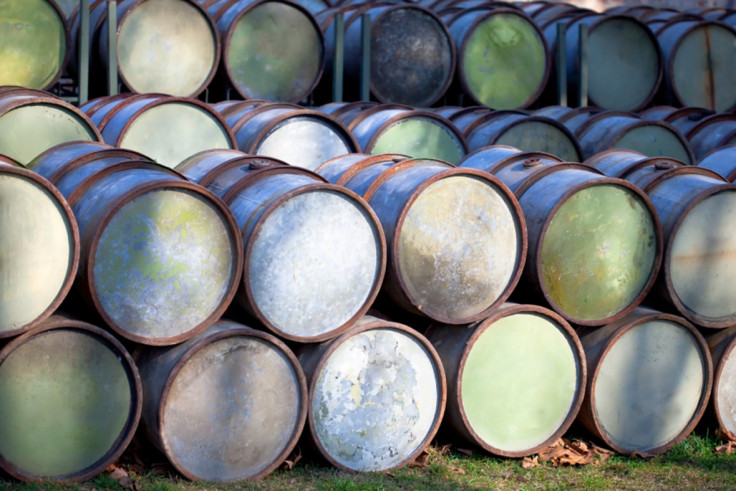Oil futures hammered as surge in US inventories adds to market woes
Rising stockpiles of US crude oil add to the downside drag of the Qatar diplomatic row.

Oil benchmarks registered heavy losses on Wednesday (7 June), after a surprising surge in US crude inventories added to the downside price drag of the Qatari diplomatic row.
At 4:51pm BST, the Brent front month futures contract for August delivery was down 3.49% or $1.75 at $48.37 per barrel, with the global proxy benchmark having breached the psychological $50-level on Monday.
Concurrently, the West Texas Intermediate (WTI) was down 4.25% or $2.05 to $46.11 per barrel, having fallen as low as $45.92 in late European trading, after US Energy Information Administration said the country's stockpiles rose by 3.3m barrels last week, against market estimates for a 3.5m-barrel drop.
US data escalated bearish sentiment in the wake of the Qatari diplomatic row. On Monday, several Arab nations led by Saudi Arabia cut diplomatic ties with Qatar accusing it of "adopting various terrorist and sectarian groups aimed at destabilising the region including the Muslim Brotherhood Group, Daesh (ISIS) and Al-Qaeda."
Apart from Saudi Arabia, Bahrain, United Arab Emirates (UAE), Libya, Yemen and Maldives have also cut diplomatic ties, with oil market worried about discord between Saudi Arabia, UAE and Qatar disrupting harmony among producers at Opec.
On 25 May, Opec agreed with 10 non-Opec producers to extend their joint oil production cut of 1.8 million per day (bpd) to March 2018 in a bid to support the oil market. Doha has refrained from reciprocal measures and called on Riyadh to participate in a dialogue.
Meanwhile, in its monthly assessment of the market, data aggregator S&P Global Platts said Opec production rose 270,000 bpd in May to 32.12m bpd, driven by sharp output recoveries in Libya and Nigeria, both of which are exempt from the organisation's production cut agreement.
This was the first time since October that Opec observed a month-over-month rise in production, as output from Libya and Nigeria surged to multi-year highs.
The combined January-May average output of both countries of 2.312m bpd is now 101,000 bpd higher than their October levels, the benchmark month against which the rest of Opec members' cuts are determined, according to the Platts survey.
"With production in these countries expected to continue to grow this summer as they recover from militancy-related outages, Opec faces a tricky period in its attempt to accelerate the market's rebalancing," the data aggregator concluded.
© Copyright IBTimes 2025. All rights reserved.






















